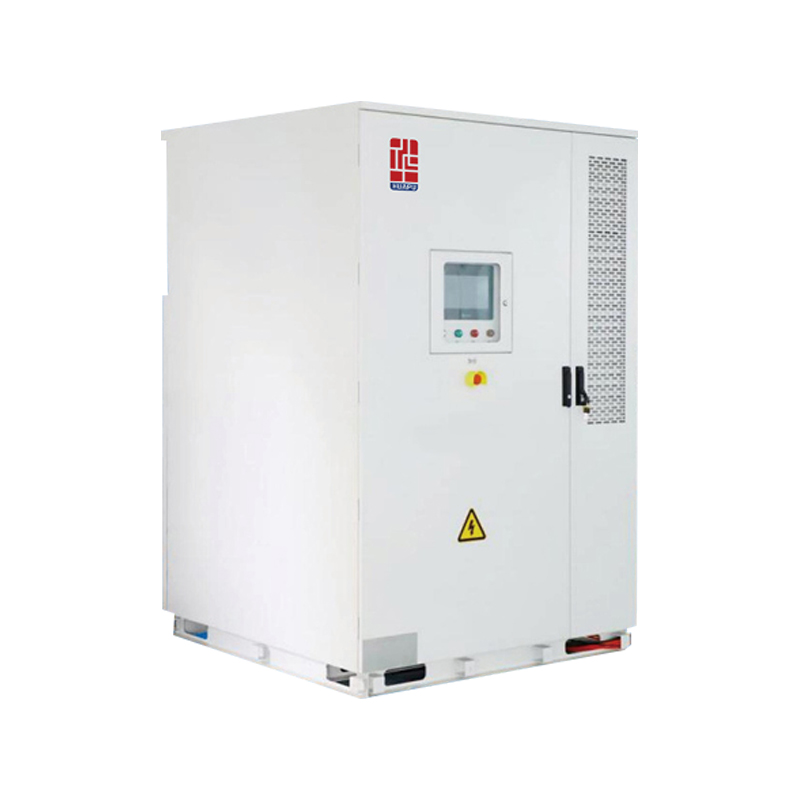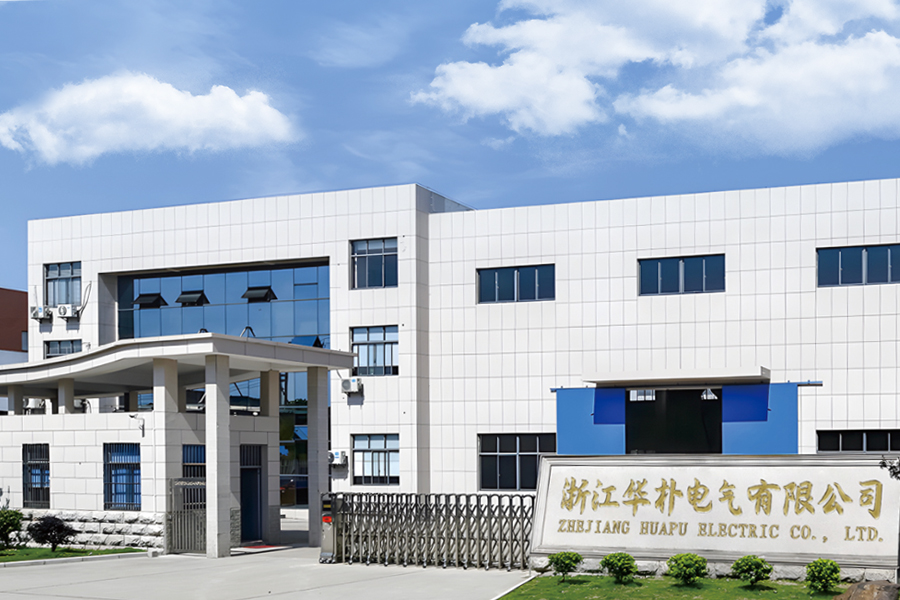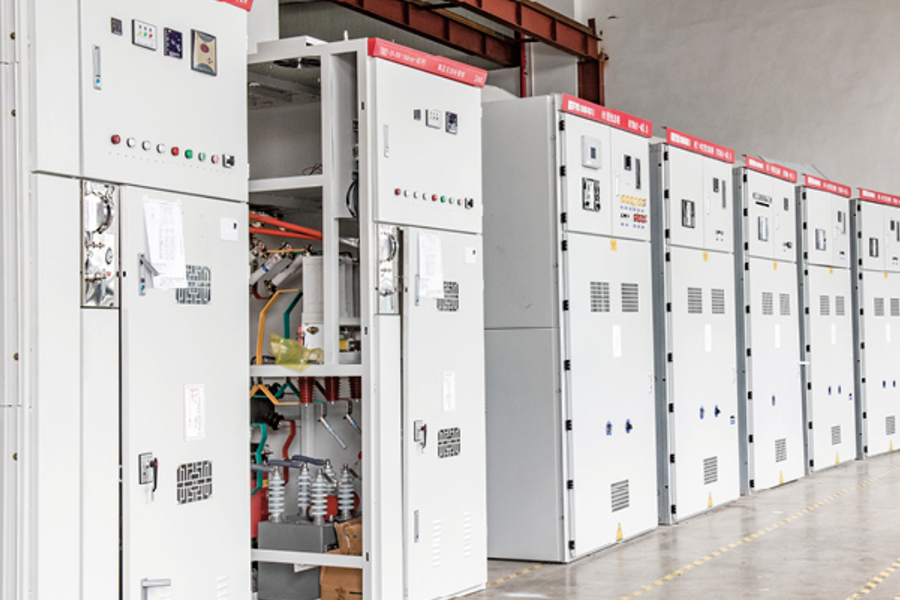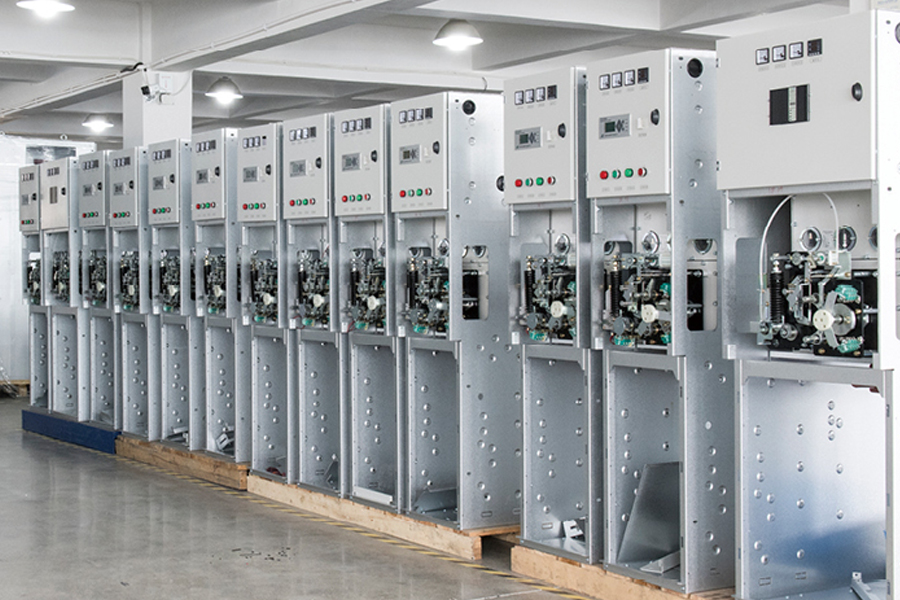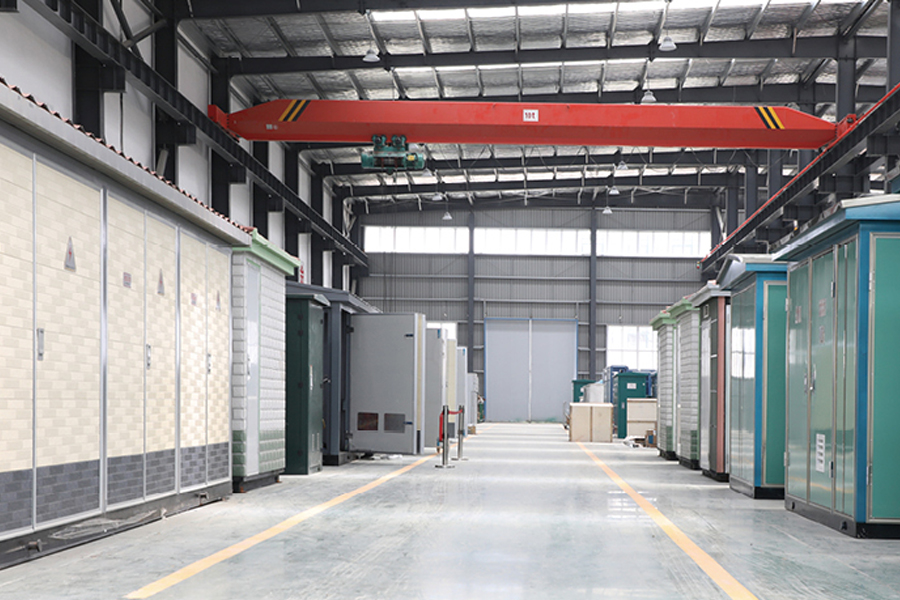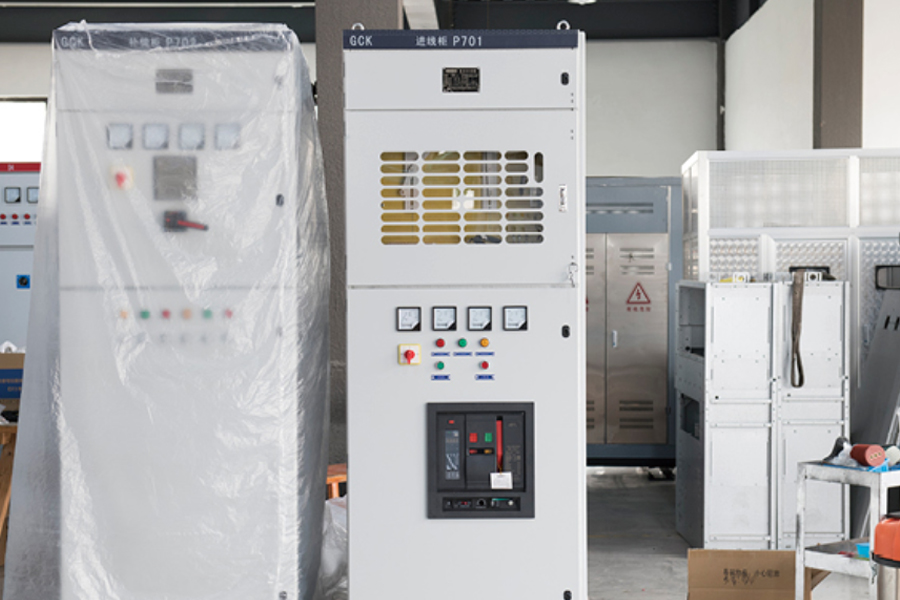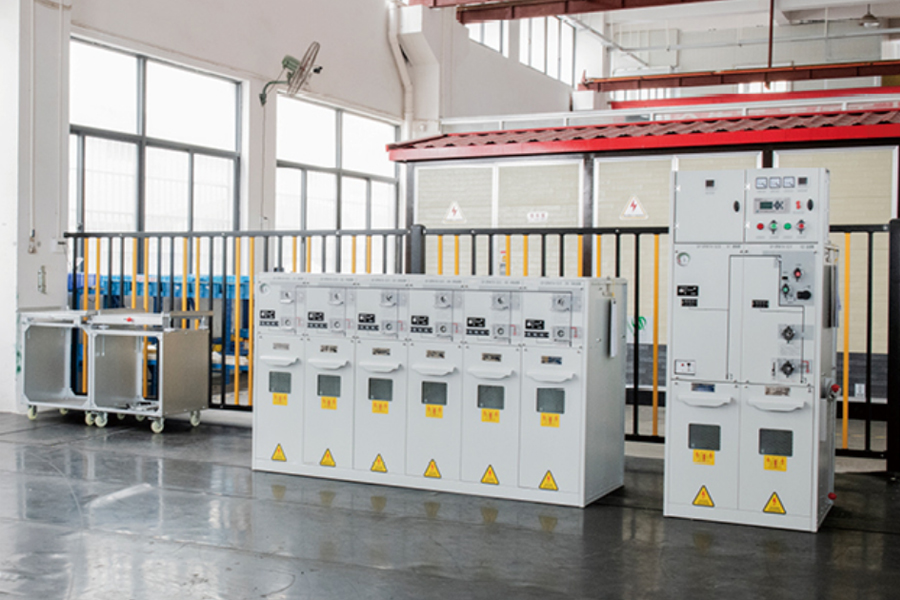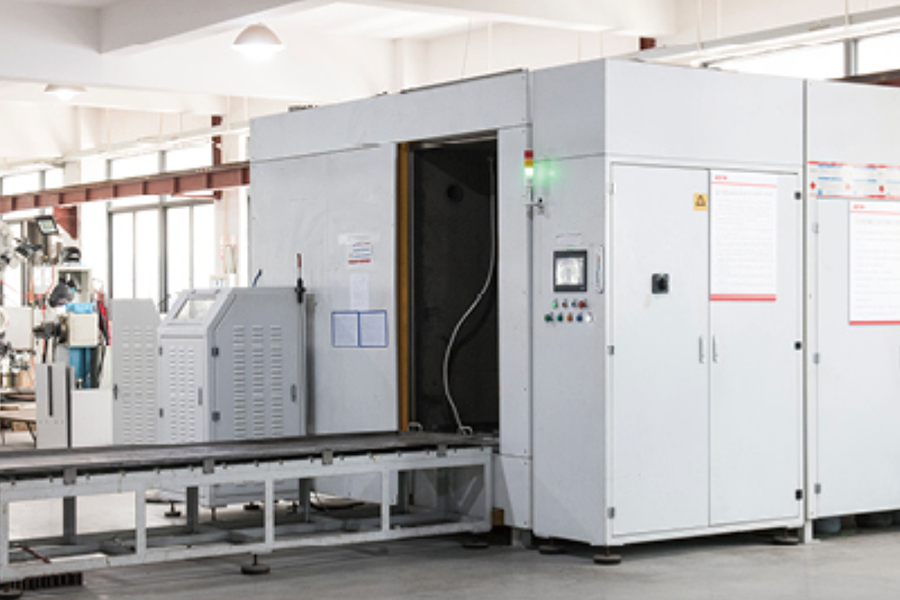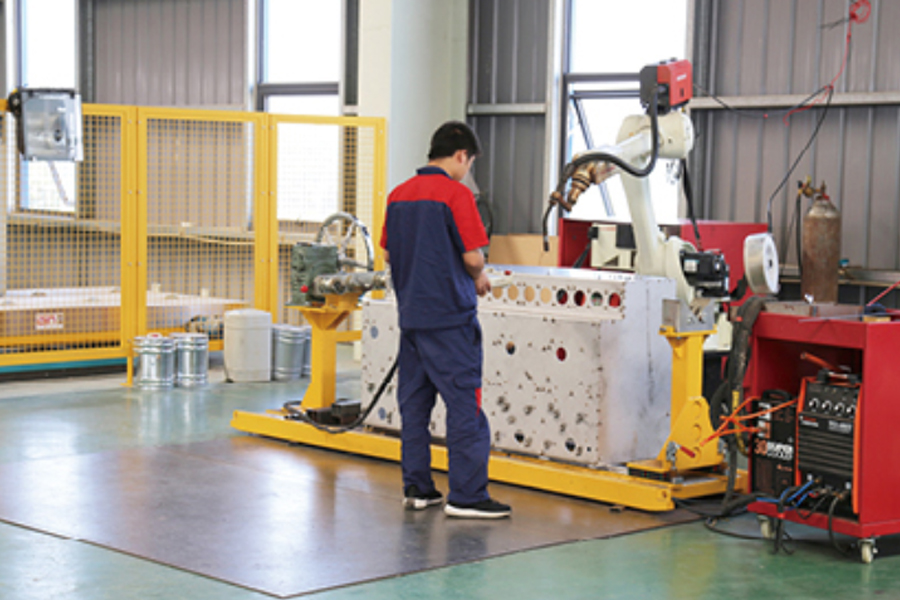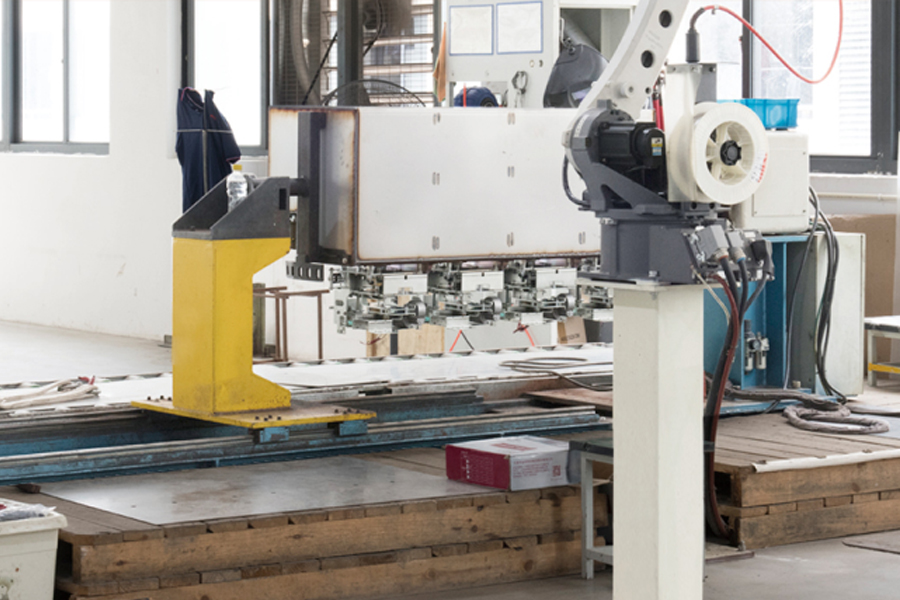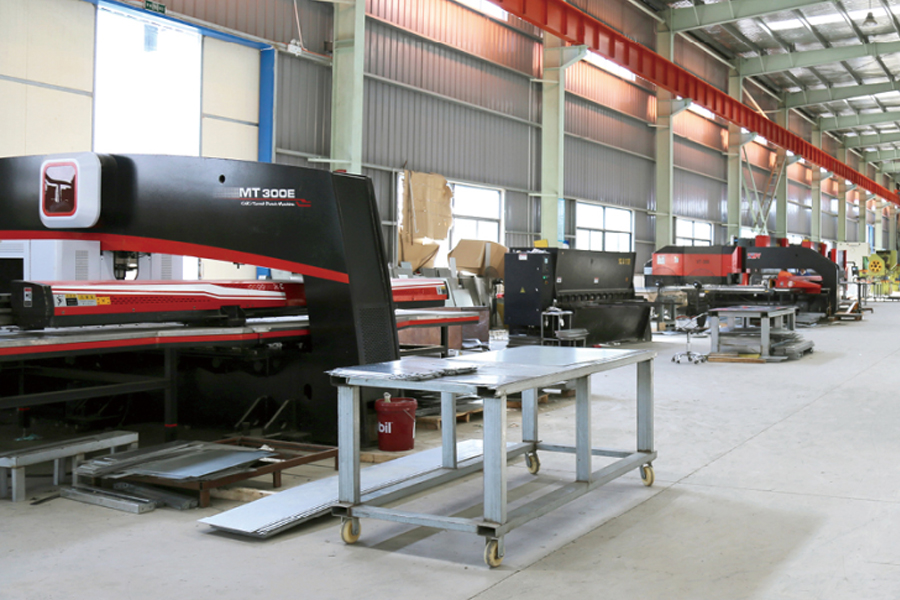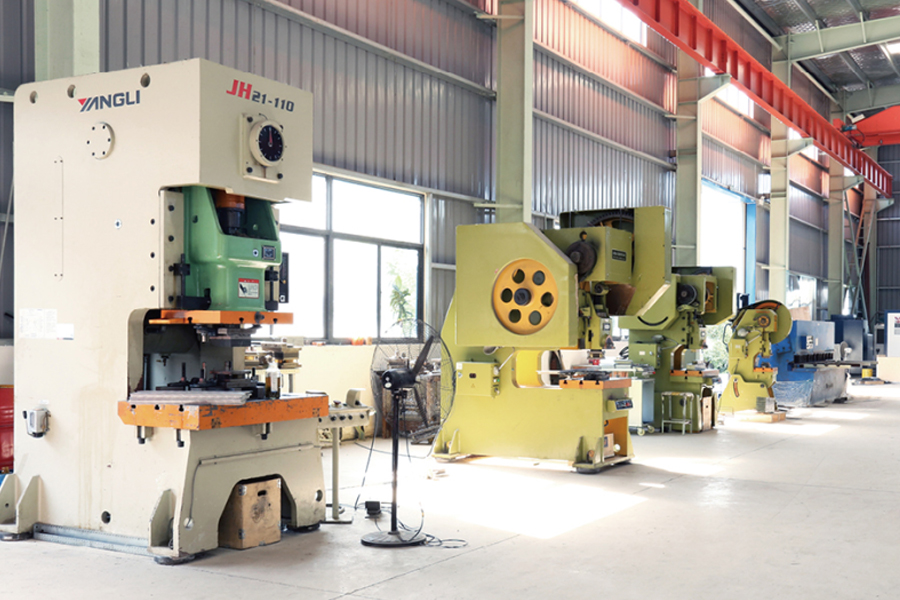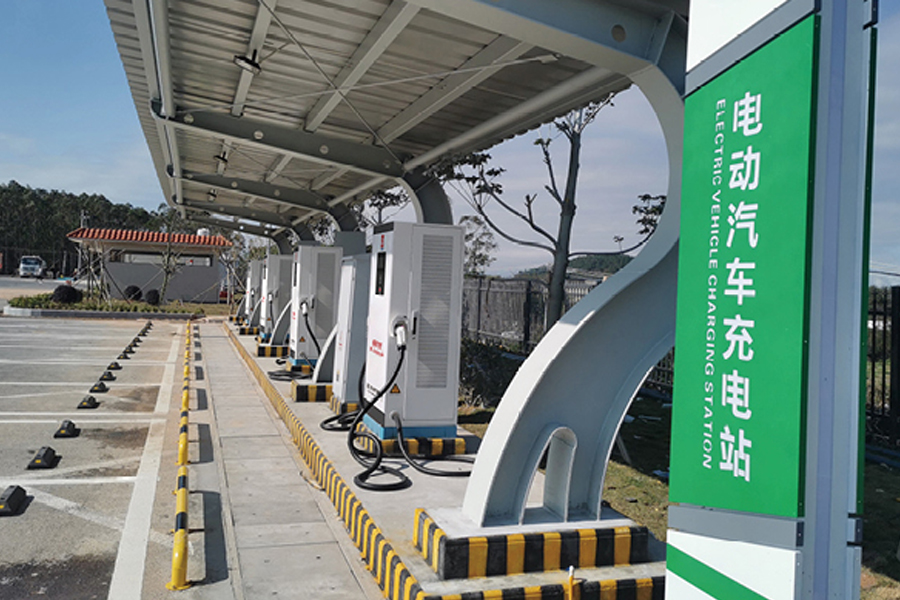The New Energy Storage Photovoltaic Cabin concept is gaining attention as solar energy systems increasingly integrate ba...
READ MORELiquid Cooled Temperature Control System Manufacturer
Commercial Energy Storage systems are advanced solutions designed to store and manage electrical energy for commercial and industrial users. These systems play a crucial role in optimizing power consumption, enhancing grid stability, and integrating renewable energy sources. Utilizing high-capacity battery technology and intelligent control systems, commercial energy storage supports sustainable operations while reducing electricity costs. As businesses move toward low-carbon energy strategies, these systems are becoming a key component of modern energy infrastructure.
Application:
Commercial Energy Storage is widely applied across various industries, including manufacturing, data centers, office buildings, shopping centers, and logistics facilities. It allows businesses to shift energy usage to off-peak hours, thereby reducing demand charges and enhancing energy efficiency. In renewable energy setups, such as solar or wind installations, it helps balance supply and demand by storing excess power for later use. In areas with unstable grids or frequent outages, energy storage provides backup power, ensuring operational continuity. Additionally, in regions participating in energy markets, these systems can enable peak shaving, load shifting, and frequency regulation, creating additional revenue opportunities for commercial users.
Features:
The layout and placement of Commercial Energy Storage systems are designed for flexibility, scalability, and safety. Systems are often modular, allowing for easy capacity expansion as energy demands grow. Cabinets or containerized units can be installed outdoors or indoors, depending on space availability and environmental conditions. For outdoor use, units are weatherproof and equipped with thermal management to handle temperature extremes. Indoor installations are optimized for compact footprints, often located in utility rooms, basements, or dedicated energy centers. Cable routing, ventilation, and access panels are strategically positioned for efficient maintenance and airflow. Safety zones and clearances are considered in layout planning to meet fire and electrical codes. Intelligent monitoring systems are integrated into accessible control panels or connected remotely, enabling real-time performance tracking and fault diagnostics. Whether deployed in parallel rows behind a building or stacked in a centralized utility room, the design supports smooth integration into existing infrastructure without disrupting business operations.
Search
Categories
-
New Energy Power Distribution Equipment(6)
-
Box Type Substation(3)
-
Cable Branch Box/Switch Station(3)
-
High Voltage Switchgear (23)
-
Low Voltage Switchgear(16)
-
Engineering Vacuum Circuit Breaker(2)
-
New Energy Vehicle Floor Charging Pile(9)
-
Commercial Energy Storage(3)
-
Photovoltaic Complete Box(8)
-
High Voltage Arrester(54)
-
-
The concept of the Mobile Photovoltaic Cabin is gaining attention among project developers, emergency-response teams, an...
READ MORE -
In the era of decentralized energy systems, the Distributed Photovoltaic Power Station concept moves from industry jargo...
READ MORE -
In household solar systems the Integrated Photovoltaic Inverter plays a key role in translating panel output into usable...
READ MORE
Commercial energy storage systems are designed to store electricity for businesses, industrial facilities, and commercial properties. These systems typically use lithium-ion or other advanced battery technologies to absorb excess energy from the grid or on-site renewable sources during off-peak hours. Stored energy can then be used during peak demand periods to reduce electricity costs and support load management. Key components include battery modules, inverters, energy management systems, and safety controls. Applications range from peak shaving and backup power to renewable energy integration. Regular monitoring and maintenance help ensure safe operation and optimize performance over the system's operational lifespan.
Key Components of a Liquid Cooling System
A Liquid Cooled Temperature Control System is designed to manage the thermal environment of sensitive electrical or energy storage equipment by circulating a coolant fluid through a closed-loop network. This system is commonly used in applications such as battery energy storage, high-power inverters, and data centers, where precise temperature regulation is essential to maintain performance and prevent overheating.
The system typically includes a liquid-to-air or liquid-to-liquid heat exchanger, circulation pump, coolant reservoir, sensors, and control units. Coolant flows through internal channels or jackets surrounding heat-generating components, absorbing thermal energy and transferring it to a heat exchanger. There, the heat is dissipated to the ambient environment, or to a secondary liquid medium, depending on the configuration.
Temperature sensors continuously monitor fluid and equipment temperatures, feeding real-time data to a programmable logic controller (PLC) or other smart controller. This controller adjusts flow rates and activates auxiliary cooling equipment, such as fans or chillers, when necessary. Some systems include redundancy features for enhanced reliability, such as dual-pump arrangements or backup power supplies.
The liquid cooling method is particularly beneficial in high-density systems where air cooling may be insufficient or inefficient. The enclosed design reduces dust accumulation and noise, while the consistent thermal environment supports the longevity and stability of the protected equipment.
Remote Supervision and Control of Solar Prefab Cabins
The intelligent operation and maintenance of a photovoltaic prefabricated cabin involve the use of automated systems and digital tools to monitor, control, and optimize the performance of solar power equipment housed within the unit. These cabins typically integrate components such as inverters, energy storage systems, transformers, and communication modules.
A centralized monitoring system collects real-time data on electrical output, equipment status, temperature, and environmental conditions. Using this data, algorithms assess the operational health of the system, detect abnormalities, and initiate predictive maintenance alerts. Remote access via web platforms or mobile applications allows technicians to view system performance, adjust parameters, or respond to alerts without being on site.
Integrated sensors measure temperature, humidity, voltage, and current, enabling proactive control of cooling fans or liquid cooling systems to maintain good operating conditions. Artificial intelligence or machine learning algorithms may also be employed to forecast energy production, schedule maintenance during low-demand periods, and analyze trends to improve efficiency over time.
Preventive maintenance tasks such as cleaning filters, tightening connections, or updating firmware are scheduled automatically based on usage patterns and sensor feedback. In the event of faults, the system can isolate affected components, reroute power, and notify personnel for targeted repair, reducing downtime and improving reliability.
By utilizing intelligent operation and maintenance strategies, the photovoltaic prefabricated cabin achieves stable, long-term performance while reducing manual labor and operational costs. This approach supports efficient energy production and aligns with digital transformation trends in the renewable energy sector.



 English
English  中文简体
中文简体  русский
русский  Español
Español  عربى
عربى 

